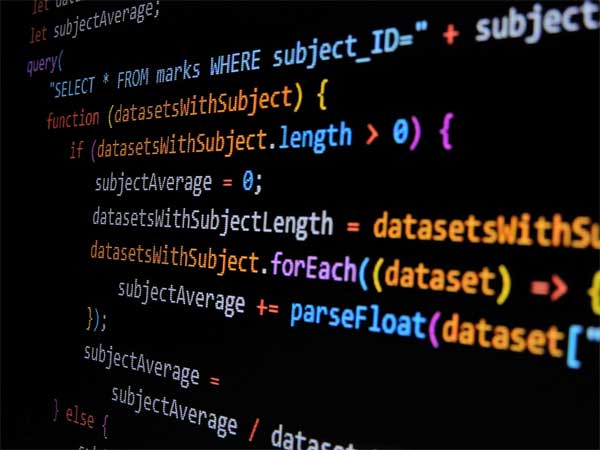Advanced JavaScript: Working with Arrays
In the realm of programming, arrays are an essential data structure that helps organize and manipulate data. Advanced JavaScript arrays are designed to facilitate the same, but with more advanced functionality. This article dives into advanced JavaScript array techniques, covering the understanding of array basics, array manipulation, array iterations, sorting, mapping, filtering, reducing, and dealing with multidimensional arrays. We will also discuss practical examples of these techniques in real-world scenarios.
Understanding Array Basics in Advanced JavaScript
An array is a special variable that can hold more than one value at a time. In JavaScript, arrays are list-like objects with a length property and integer properties as indices. An array can contain any data type – numbers, strings, objects or even other arrays. It’s crucial to understand that JavaScript arrays are dynamic. This means they can be resized and their elements can be reorganized at any time. In addition, JavaScript arrays have several built-in methods that you can use to add, remove, or modify elements. Arrays in JavaScript are zero-indexed, meaning the first element in an array is at index 0.

Advanced JavaScript: Array Manipulation Techniques
JavaScript provides several built-in methods to manipulate arrays. You can add elements to the beginning of an array using the unshift() method, or to the end using the push() method. To remove elements, you can use shift() to remove from the beginning or pop() to remove from the end. The splice() method allows you to add or remove elements from any position in the array. The slice() method can be used to extract a section of an array. These methods provide great flexibility for array manipulation.
Mastering Array Iteration in Advanced JavaScript
Array iteration in JavaScript can be performed using several methods, such as the traditional for loop, for…in statement, for…of loop, and while loop. However, JavaScript also provides advanced methods specifically designed to iterate over arrays such as forEach(), map(), filter(), reduce(), and more. These methods are often preferred over traditional loops due to their succinct syntax and ability to directly produce results. For example, the map() method creates a new array with the results of calling a function for every array element.
Array Methods: Sort, Map, Filter, and Reduce
JavaScript array methods like sort(), map(), filter(), and reduce() are powerful tools for working with arrays. The sort() method rearranges the elements in an array in ascending or descending order. The map() method creates a new array by applying a function to each element of an existing array. The filter() method creates a new array with all elements that pass a test implemented by a provided function. The reduce() method applies a function that reduces the array to a single value by performing some operation on each element.

Dealing with Multidimensional Arrays in JavaScript
JavaScript supports multidimensional arrays, which are essentially arrays within arrays. These arrays are useful when you want to store tabular data, such as a matrix of numbers or a table of students and their grades. Working with multidimensional arrays involves accessing elements using multiple indices, one for each dimension. JavaScript does not have built-in methods to manage multidimensional arrays, so you’ll need to use loops or recursive functions to manipulate them.
Practical Examples: Working with Arrays in Real-World Scenarios
You will frequently encounter arrays in real-world programming scenarios. For instance, you might need to manipulate an array of user data received from an API. You could use the map() method to transform this data into a new array, or the filter() method to select only the users who meet certain criteria. In a shopping cart application, you might use a multidimensional array to store the items in the user’s cart, with each item represented as an array containing the product ID, quantity, and price.
In conclusion, understanding and mastering array operations in JavaScript is essential for any developer. Whether you’re performing basic manipulations, iterating through arrays, or dealing with multidimensional arrays, JavaScript offers a plethora of in-built methods to make these tasks easier and more efficient. The key is to practice and familiarize yourself with these methods and techniques, as they will undoubtedly come in handy in various real-world programming scenarios. By mastering arrays, you’ll be one step closer to becoming a proficient JavaScript developer.